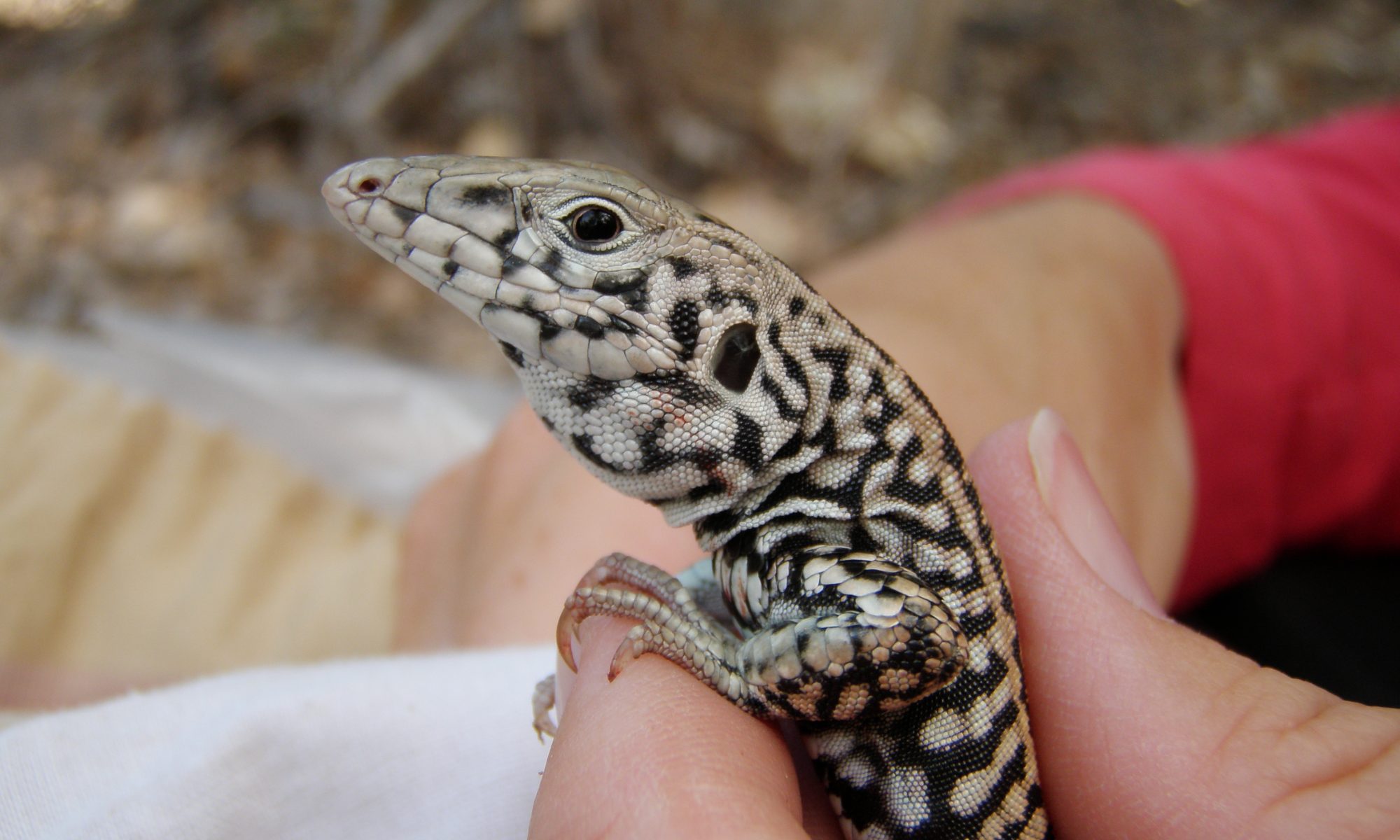Riparian areas sustain high biodiversity and provide corridors and habitats for wildlife. The Salt River riparian habitat in the Phoenix metropolitan area has been altered by upstream damming, flow diversion, stream channelization, and floodplain conversion to urban lands. Portions of the river and its riparian zone have undergone active restoration, some areas are targeted for future restoration, and some areas have revegetated on their own in response to discharge of water from urban storm drains (passive restoration). Our project focuses on six, 1-km reaches along the Salt River to monitor plants and wildlife. Our results will provide recommendation to natural resource managers of urban areas relating habitat and wildlife to restoration activities. We also collaborate with business that conducts residential snake relocations in urban areas to ask social-ecological questions.
We have presented our research on urban herpetofauna communities and social-ecological factors associated with snake relocations (listen to oral presentation). Our research as been highlighted in a web module for middle-school age kids in the Ecology Explorers program of the CAP LTER and in a herpetology podcast.

